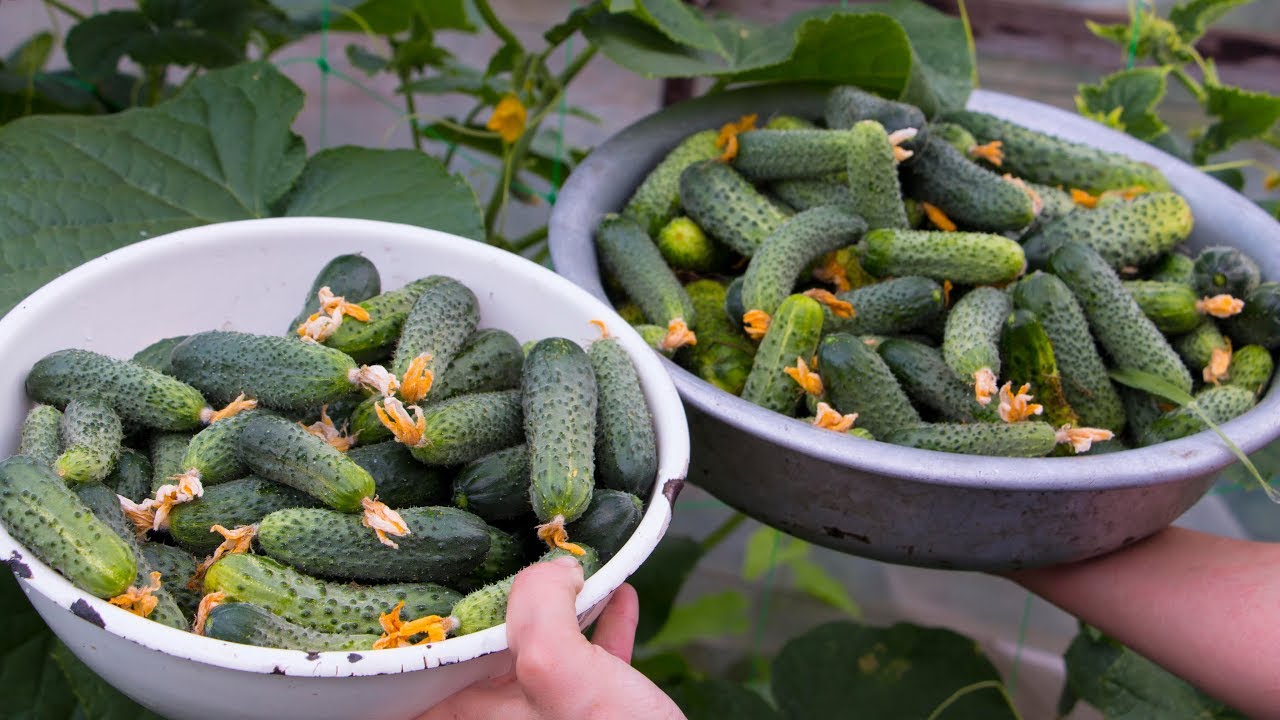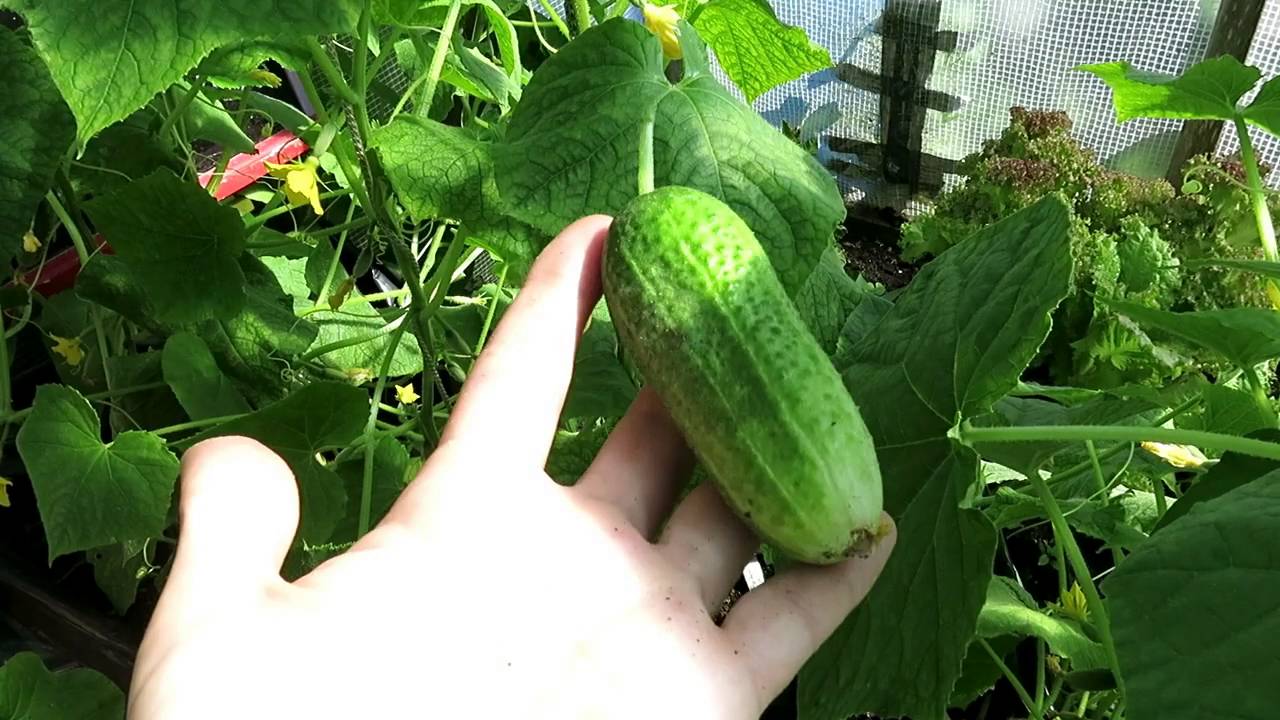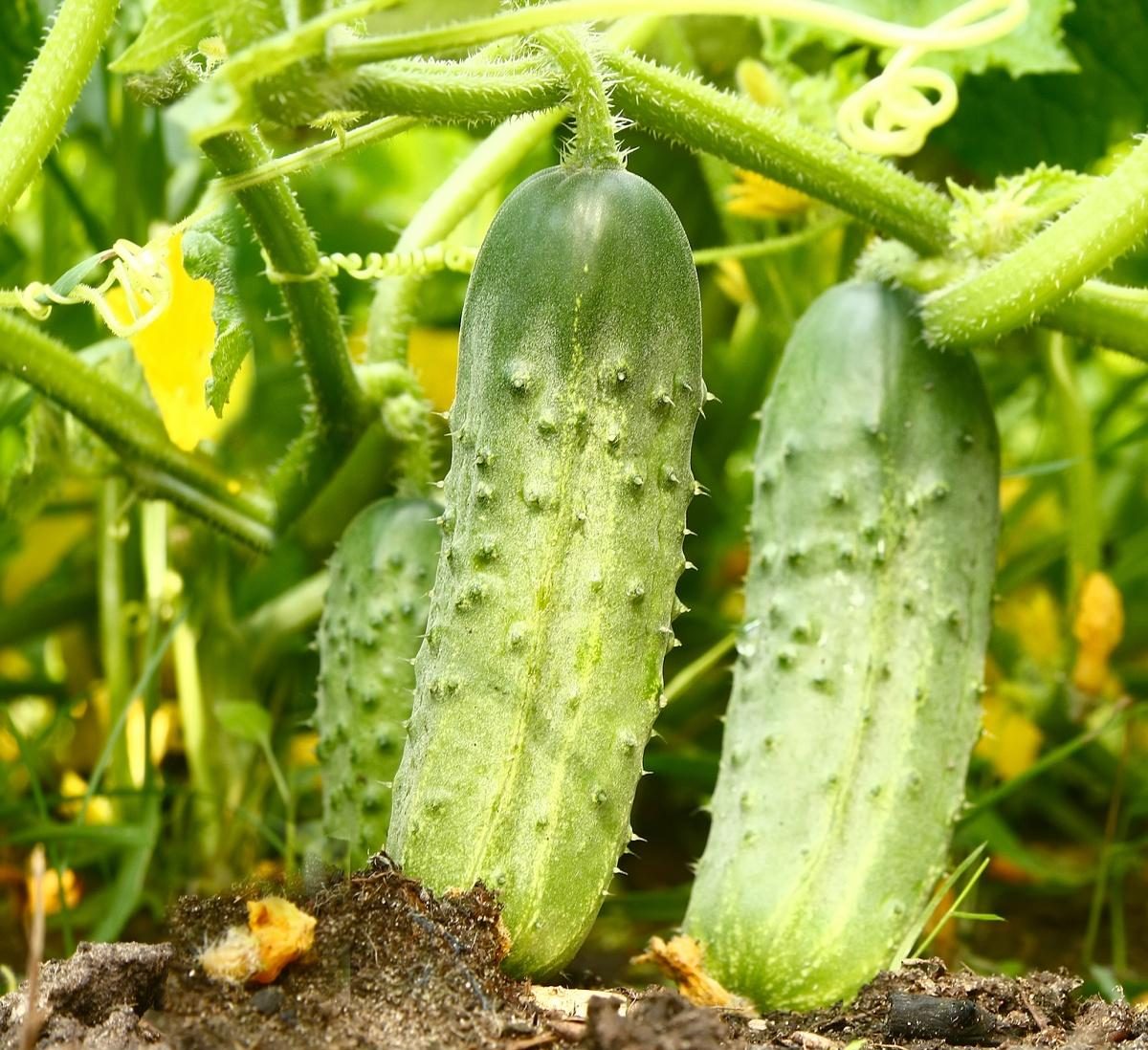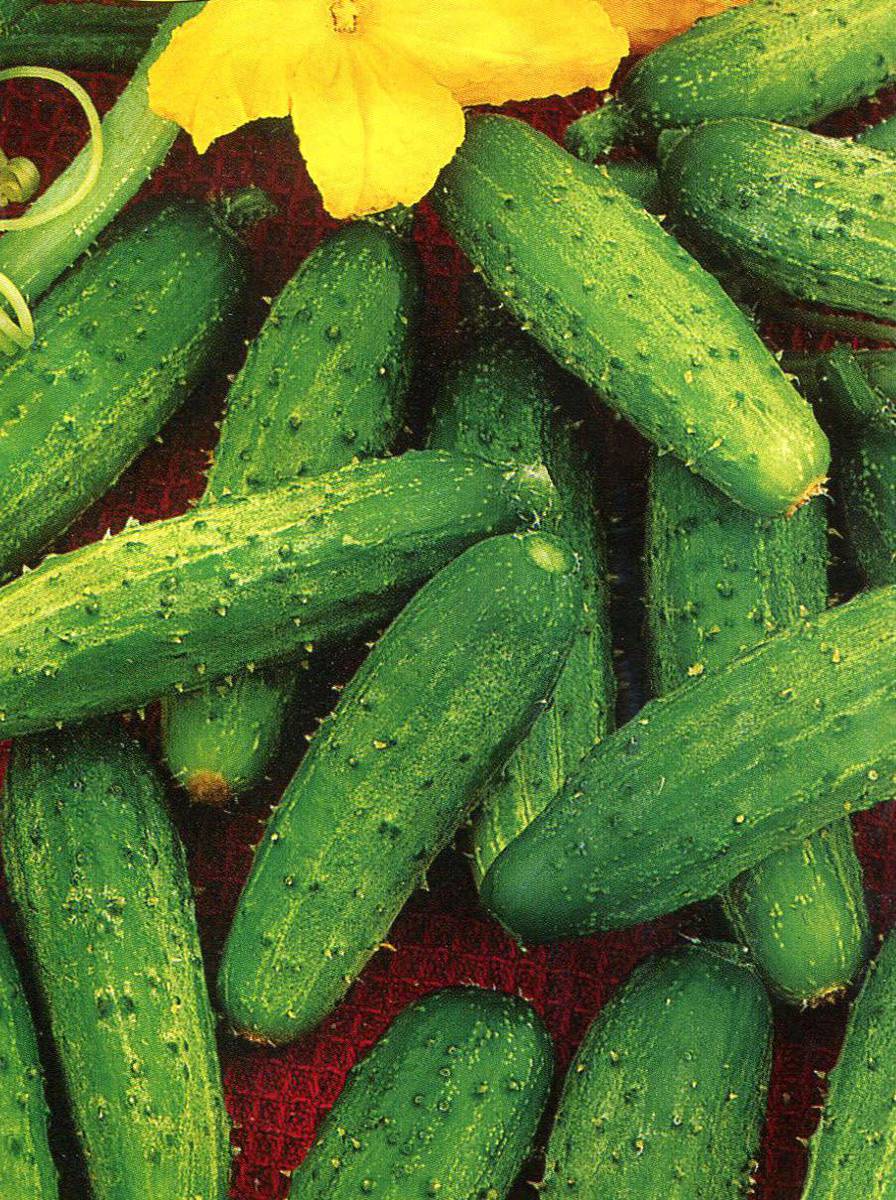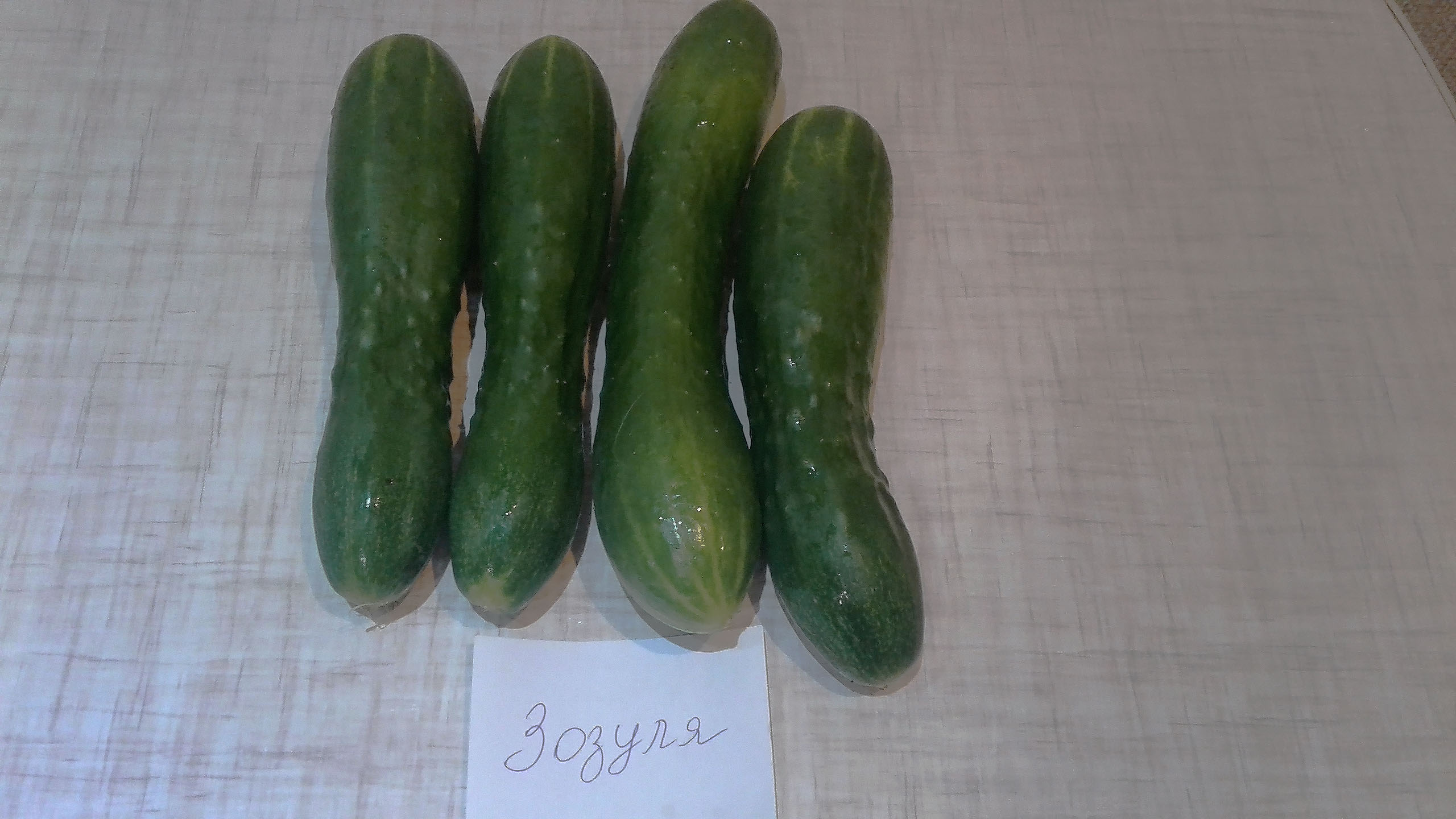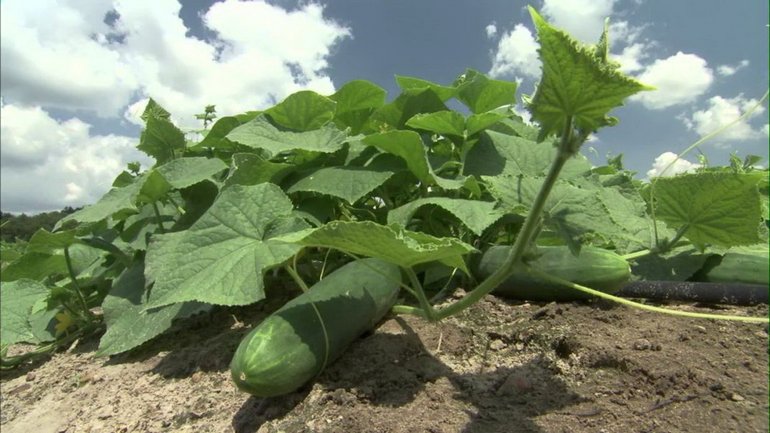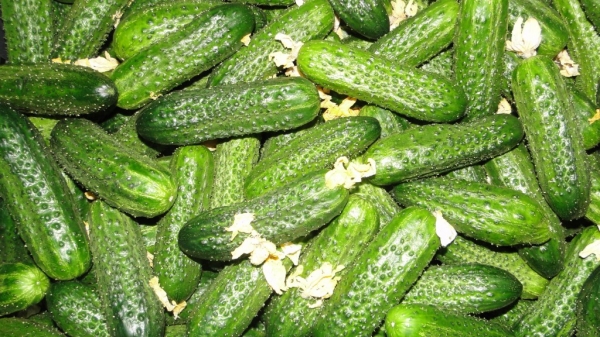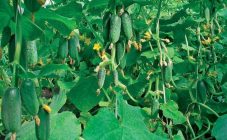Content:
Early varieties of cucumbers are very popular among gardeners and gardeners throughout Russia. This is not surprising - the growing season of such vegetables takes no more than 40 days, which allows you to get a decent harvest even in a short summer period.
Depending on the amount of time allotted for the formation and ripening of the crop, the following varieties are distinguished:
- ultra early (on average, 35 days);
- early (no more than one and a half months).
In order to get the harvest as soon as possible, seasoned gardeners begin to plant seedlings in April. So only the strongest seedlings get to the garden. Prepared in this way, the plants give their first fruits in mid-June. There is another option - to place the seeds directly into the ground, but then you need to use a covering material or a greenhouse. Usually, the planting of cucumber seedlings in a film greenhouse takes place in mid-May. By combining both methods, experienced gardeners harvest the first fruits at the beginning of the gardening season.
When making a choice in favor of a certain variety, you must make sure in advance that it fits all the criteria. A number of parameters will help determine this:
- appointment;
- external indicators (size and shape);
- taste;
- growing method;
- the preferred version of the finished crop (salad; salting and universal).
There are male and female flowers on the stem of the cucumber bush, in order to ensure the successful formation of ovaries, the method of pollen transfer must be considered. A process without which the formation of fruits is impossible.
- Self-pollinated or parthenocarpic (suitable for indoor greenhouses).
- Pollinated by insects.
Early types of cucumbers are planted both in open ground and in greenhouses, polycarbonate greenhouses. Each of the listed planting methods assumes its own individual method of seed preparation and vegetable cultivation.
How to grow early cucumbers
The soil for planting early and ultra-early varieties of cucumbers must be prepared in the fall. By the beginning of sowing, the land must be saturated with all the necessary trace elements. This will ensure sustainable growth and development of Zelentsy. Performing preliminary activities, you must follow the following algorithm:
- dig up the ground;
- apply fertilizer (manure or phosphorus-potassium chemical mixtures for gardening that do not contain chlorine).
After planting seeds or seedlings of cucumbers in the ground, further care for the seedlings is very simple. It includes:
- loosening the soil;
- weeding;
- removal of unwanted shoots;
- abundant watering;
- plant feeding.
In order to protect the root system of plants, mulching is carried out. Fresh straw manure, dry grass or sawdust are spread in an even layer on the surface of the garden bed and under the bush. This operation helps:
- maintain optimal soil moisture;
- reduce the amount of weeds;
- provide seedlings with additional nutrition.
How to get an early harvest of cucumbers
Maintaining high temperature and humidity is the key to an early and bountiful harvest. It is easiest to create a comfortable microclimate for early cucumbers in a greenhouse or greenhouse. By the end of May, plants give their first ovaries.
To maximize the acceleration of the fruit formation process, experienced gardeners suggest following the following recommendations:
- use only sprouted seeds;
- start planting seedlings in April;
- plant strong seedlings in the greenhouse no later than May 15, when it is already possible to plant cucumbers in an unheated greenhouse;
- closely monitor temperature dynamics and humidity levels.
Popular early varieties of cucumbers
The seed market is replete with varieties of early and ultra-early cucumber crops. Among them there are both hybrid and varietal representatives. An inexperienced beginner should not be sprayed, he should pay attention to the time-tested, most popular varieties.
- Altai early cucumber - one of the earliest ripening species. Fruits are egg-shaped, up to 10 cm long. Perfect for making salads, have a light green color. The length of the main lash is 60-100 cm, the thickness is 1-1.7 cm. There are no second-order stems. Monoecious type of flowering. Suitable for all types of cultivation.
- Kid - the growing season is about 40 days. The variety is undersized, the yield of one bush is 2-2.5 kg. Resistant to disease. Versatile to use.
- Muromsky- ultra-early maturing, bee-pollinated, small-fruited. The leaves are large, the shoots reach 1.5 m in length. Compact plants with aromatic and tasty fruits.
- Zozulya- high-yielding, usually 20 kg of greens are removed from 1 m2. The fruits are cylindrical in shape. The length reaches 22 cm, and the weight is 300 g.
- Sphinx - the most famous representative of early maturing varieties of cucumbers. The skin is dark green, covered with pimples. Long and highly branched lashes. The crop harvested from 1 m2 is 5 kg.
Time-tested varieties
Cucumber crops Muromsky and Zozulya delight Russian gardeners for more than a dozen years. Their huge advantage is that they are great for growing in any way. These varieties feel comfortable both in the greenhouse and on the windowsill in the apartment. The absence of any special requirements for planting and maintenance allows even a novice gardener to get a decent harvest.
Muromsky
Due to its versatility, this early cucumber crop can be planted in the ground both as seedlings and as seeds. In the first option, the crop yield will be much higher, and fruiting will begin earlier. Saplings intended for greenhouses begin to grow in early and mid-April, and for open ground on May 1-15. Seeds are processed before planting:
- dipped in a 3% salt mixture (high-quality material will settle to the bottom);
- soaked in a 1% solution of potassium permanganate for thirty minutes;
- washed;
- placed in a warm place wrapped in a damp cloth for 72 hours.
There are no fundamental differences in the content of this variety in open or closed ground. The described variety of cucumber is sensitive to moisture, respectively, if the planting of the Muromsky species is carried out in a polycarbonate greenhouse, you need to think over an irrigation system.
The Muromsky variety will perfectly fit even on the smallest balcony. Despite their impressive length, the bushes are compact and do not take up much space.Barrel-planting enthusiasts also appreciate this variety for its early maturity and abundant flowering.
Muromsky belongs to varieties with increased frost resistance, which makes it popular among gardeners in Siberia, the Urals and the Far East, but you should not neglect the use of film covering material during the period of possible frosts.
This type of cucumber has strong immunity against bacteriosis and powdery mildew, but cold moisture, falling on the leaves (during watering or when dew falls), can have an extremely detrimental effect on the state of the plant.
Zozulya
One of the most unpretentious types of cucumbers. Young seedlings or seeds are planted not earlier than the end of May. The vegetable is very sensitive to frost, therefore, even if the rules for its placement in the personal plot are observed, you should stock up on a film or other covering material. When sowing seeds in a garden bed, they are placed in rows at a distance of 10 cm from each other. It is not recommended to deepen the grains by more than 3 centimeters. The distance between the landing strips is at least 60 cm.
The Zozulya variety is very tall and not suitable for low greenhouses. When planting cucumbers in an unheated greenhouse, the seeds are not soaked, but the soil is saturated with manure or compost. The first method is preferable, since the decomposition of such feeding occurs with a large release of heat and the formation of carbon dioxide.
Enterprising city dwellers often plant this variety not only in summer, but also in winter, providing additional lighting on cloudy days. Another Zozulya cucumber is perfect for growing in a barrel.
When making a choice in favor of early and ultra-early cucumber varieties, one should not forget about options with a longer growing season, since they are more natural resistant to negative natural manifestations and diseases, their yield is higher than that of cucumbers of early and ultra-early ripening species.
